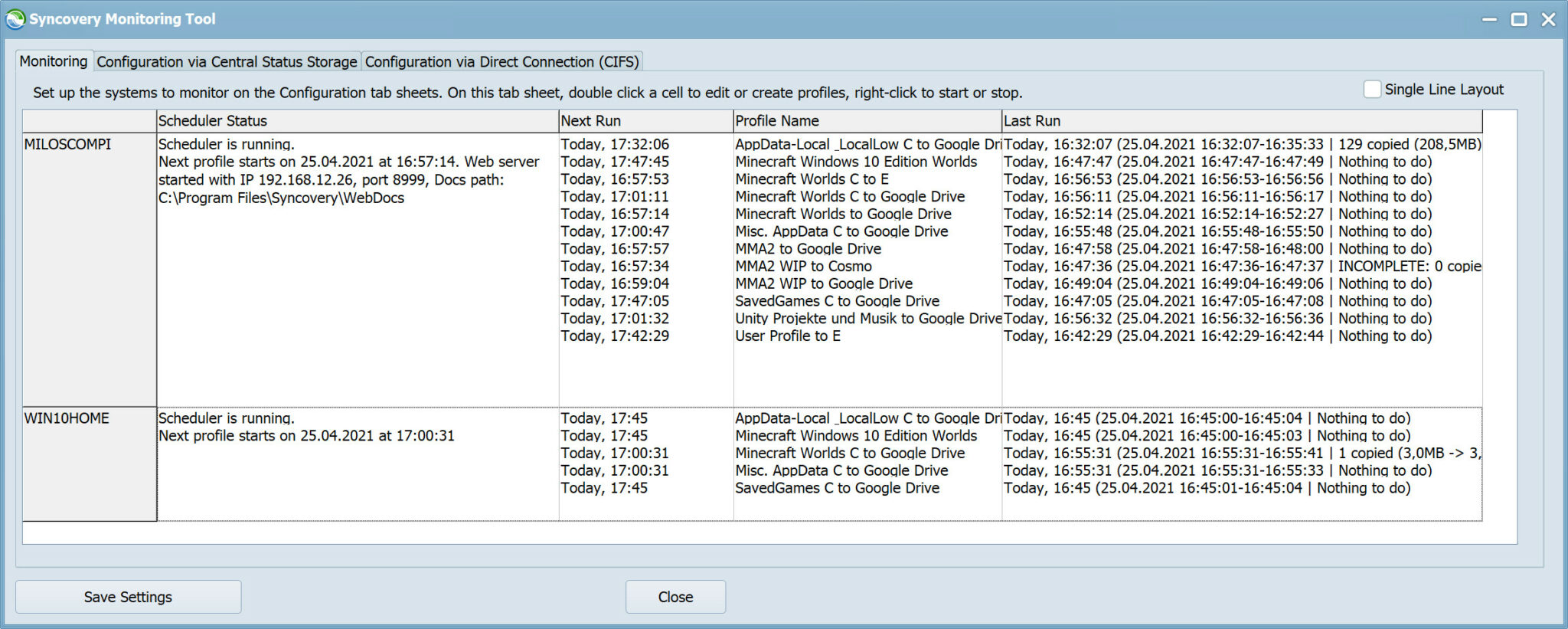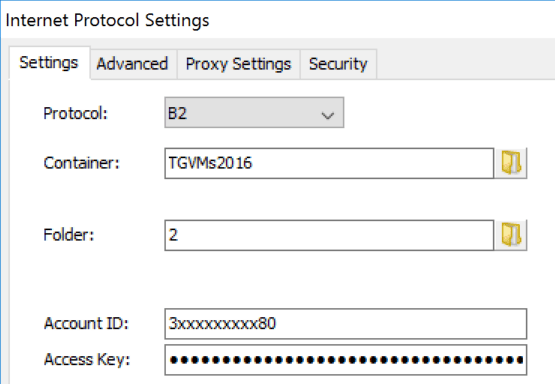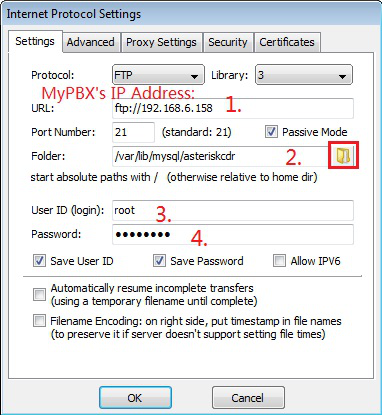

- #Syncovery scheduler install
- #Syncovery scheduler full
- #Syncovery scheduler password
- #Syncovery scheduler windows
Many users will just want to set it to 0.

A dialog will pop up where you need to make sure that the checkmark “Process deletions when running in real-time” is chosen, and that the Safety Delay matches your requirements. Click on the checkmark “Real-Time Synchronization”. Go to the “Schedule” settings category and to the Monitoring/Real-Time tab sheet. To enable deletions to work in real time individual event mode, please edit the profile in Advanced Mode. On the other hand, when you are using the real-time mode “Process Complete Folders”, then deletions are carried out according to the paragraphs above. Note that the Real-Time mode (when using “Process Each File Event Individually”) has its own setting for deletions. During the first run, the database is built. In addition, you need to start the profile on the same computer each time.ĭeletions will be recognized starting with the second synchronization after you turn on SmartTracking. This folder should by outside of the hierarchy that you are syncing.įor SmartTracking to work, you always need to use the same profile for syncing the same folders, because the database is specific to each profile, and the program must use the same database always. You need to choose a folder for deleted files (one for each side of the sync). It won’t physically delete the file for safety reasons. You can set it to move the file into a folder for deleted files whenever it recognizes a deletion. SmartTracking can recognize these situations by keeping a database and comparing the current state of your folders with the last state stored in the database. When you choose it, you will see a separate dialog with a few options where you can specify how certain situations should be handled. If you are working on both sides, and copying files in both directions, then you must use SmartTracking to detect and handle file deletions. you are copying only in one direction, then you can use Exact Mirror mode to synchronize deletions. If one side is always the “model” and the other side is always the “mirror”, i.e. You may also want to remove the last checkmark, “Enable Special Safety Warnings”, because these can prevent deletions from being carried out. To do so, please edit the profile in Advanced Mode, go to the Safety->Unattended tab sheet and make sure that deletions are enabled. Important note for all sync modes regarding deletions: if you want to run the profile in unattended mode, for example by running the scheduler, then you need to also give it explicit permission to delete the files.
#Syncovery scheduler windows
The post Running the scheduler as a service on Windows appeared first on Syncovery. You can even connect to a remote computer and control and watch the service running there.
#Syncovery scheduler full
Rather than specifying the full path for the network connection, you can also try specifying just \\servername Use this setting on the Job tab sheet in the profile: Network Connections… However, in many cases this is not needed.
#Syncovery scheduler password

To change the log on account, please uninstall and then re-install the service.
#Syncovery scheduler install
This is done when clicking on the Install… button on the Scheduler tab sheet to install the service. In order to access network drives, the service must be given a log on account.Then you will see the service-specific install/uninstall, start/stop buttons. If the “Background Scheduler” is running, please stop it and then choose Use: Service Scheduler. The service is installed and started from the Scheduler tab sheet of the main application window.This means that scheduled synchronizations take place without users having to log on. The scheduler can run as a Windows Service.The name of the service is the Syncovery Service. A user can also log out while the service is running a job.

Service runs invisibly in the background without users noticing it. The service will start up automatically with Windows, even while no user has logged on yet. Running the scheduler as a service is a little more difficult to set up, but it has some advantages. This article applies only to Microsoft Windows.


 0 kommentar(er)
0 kommentar(er)
